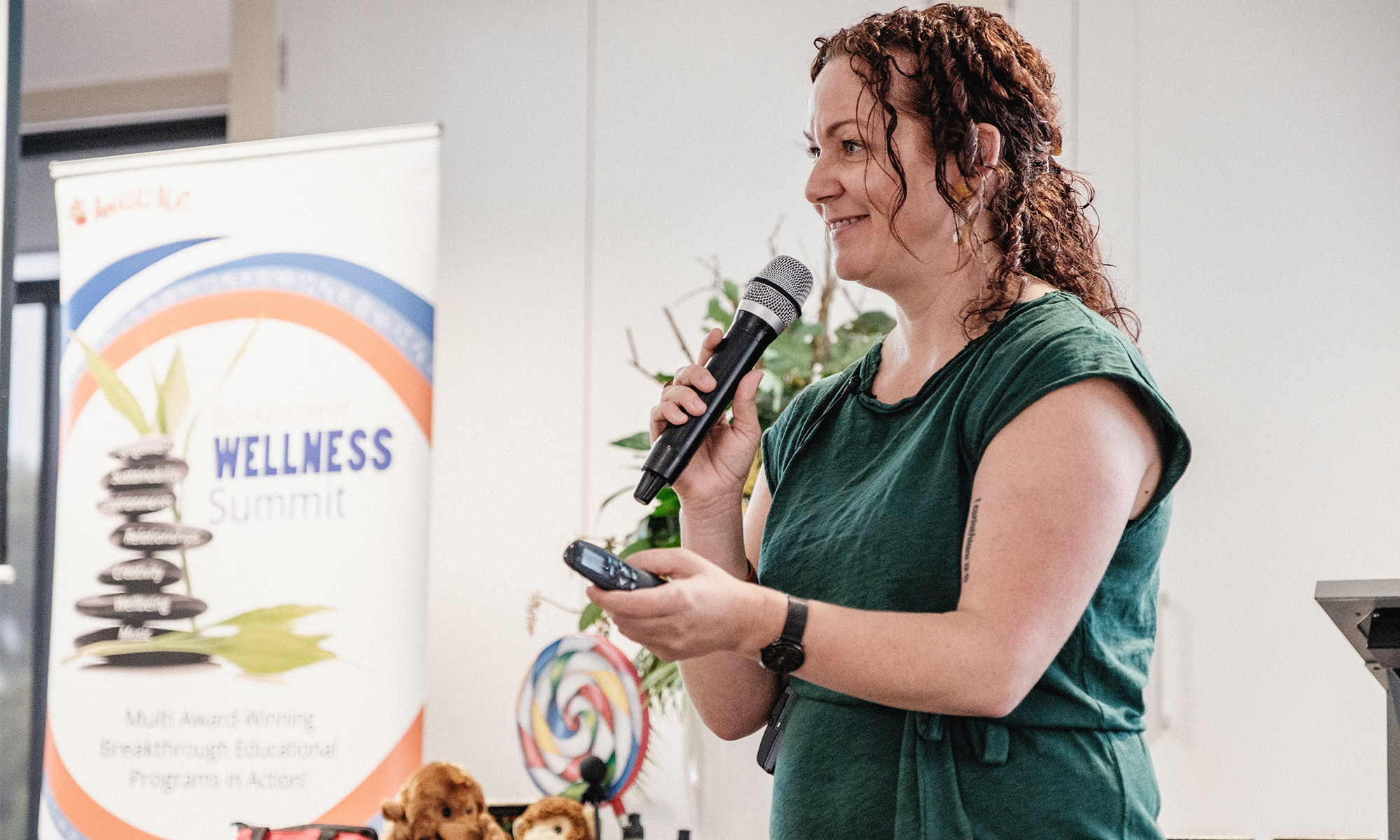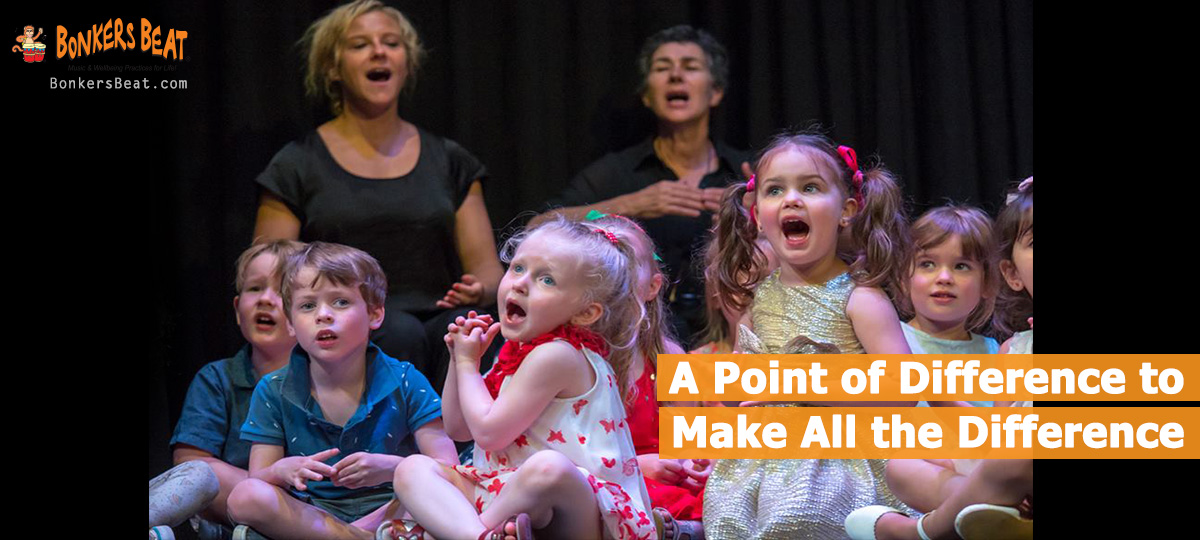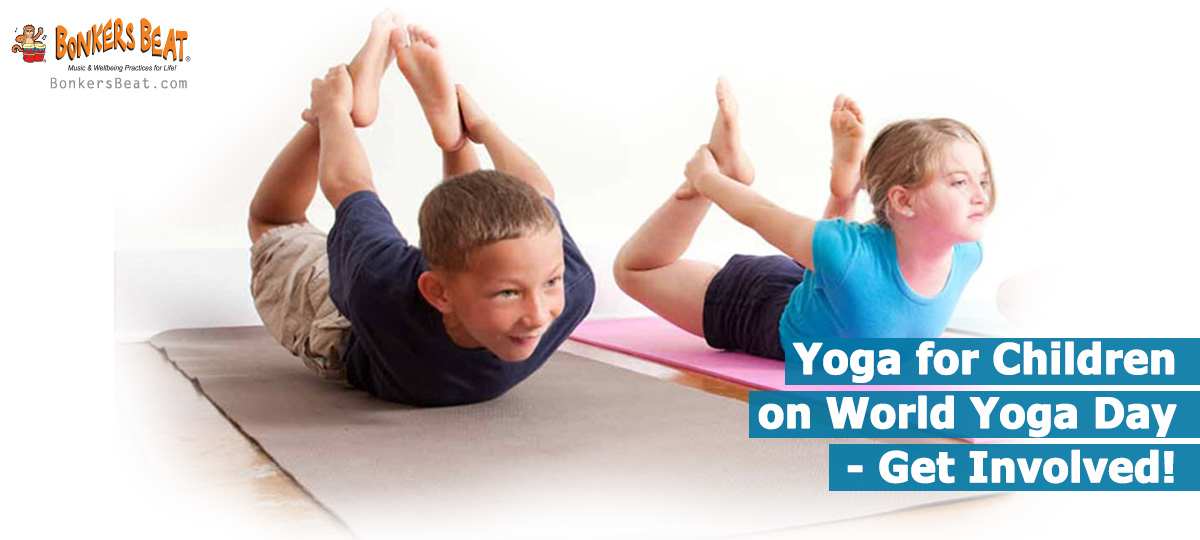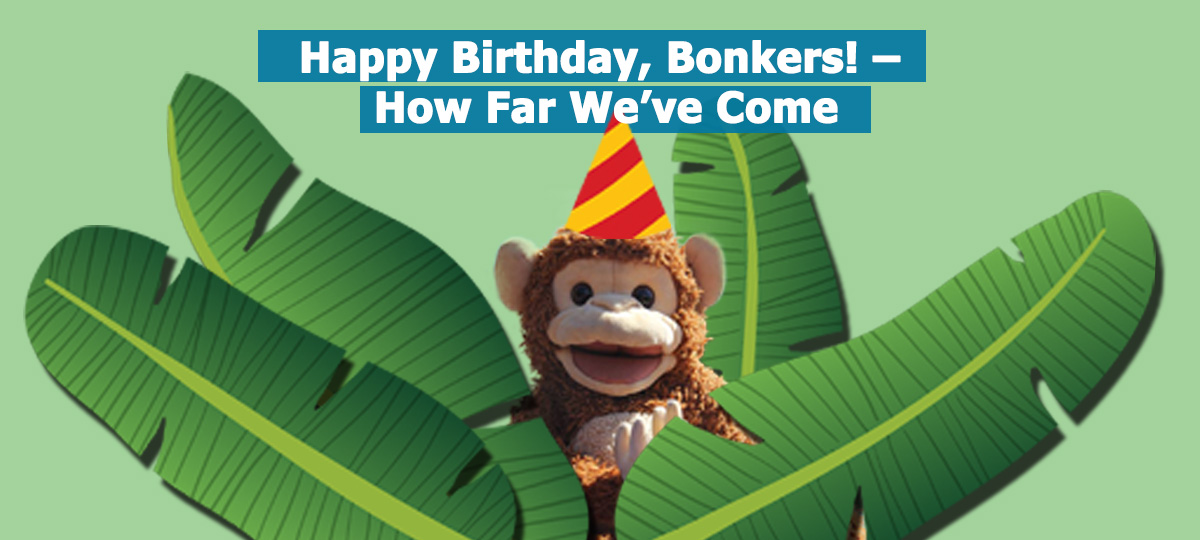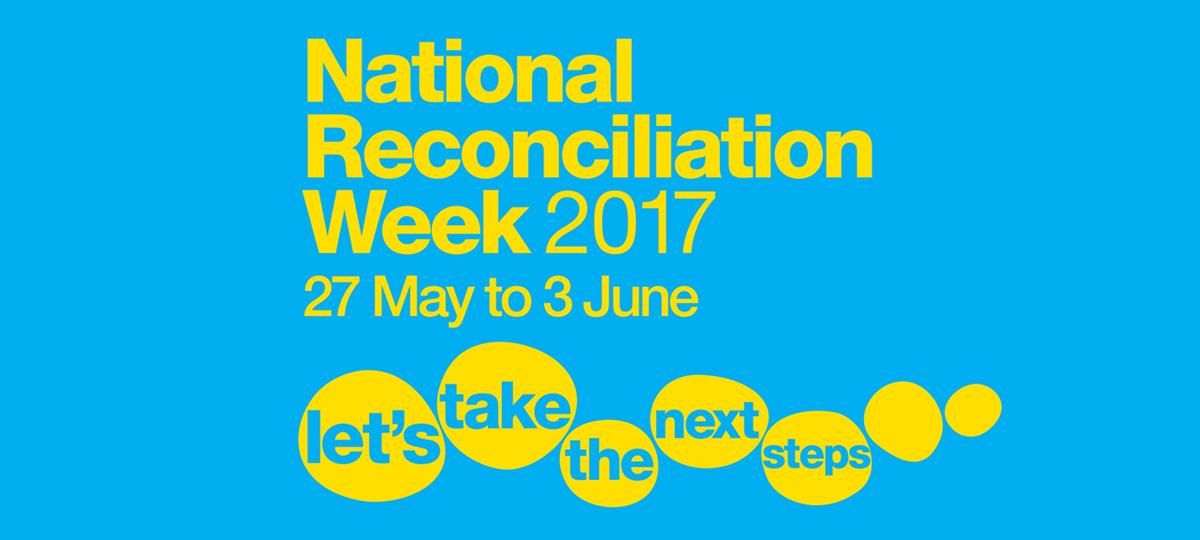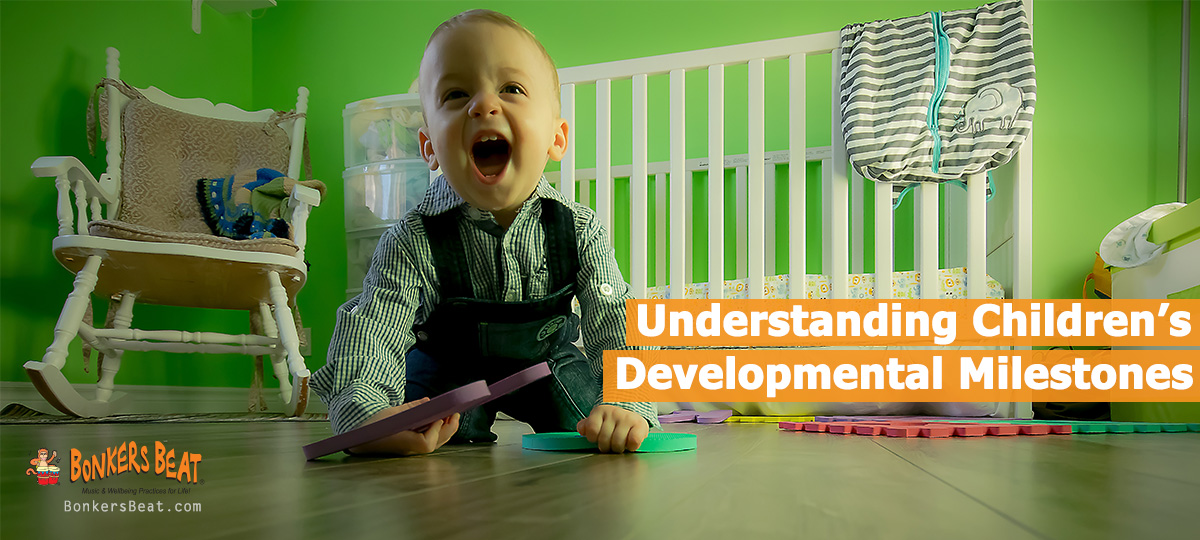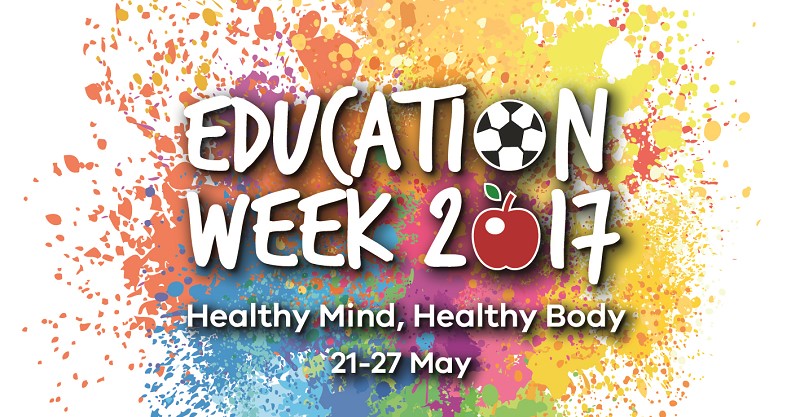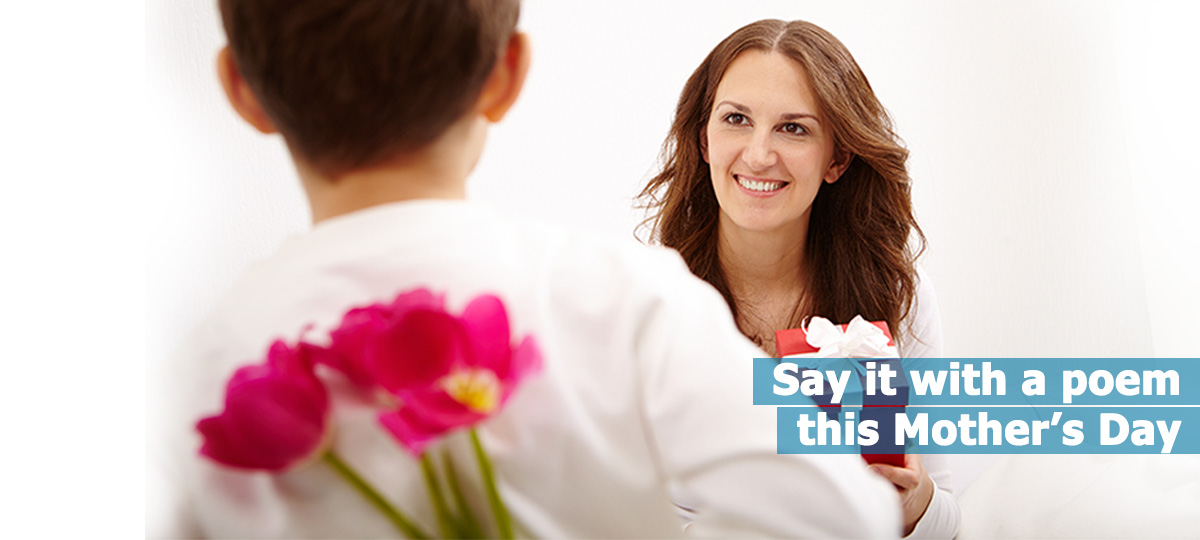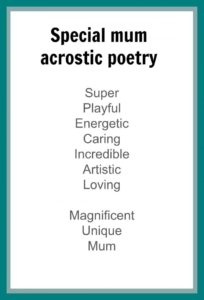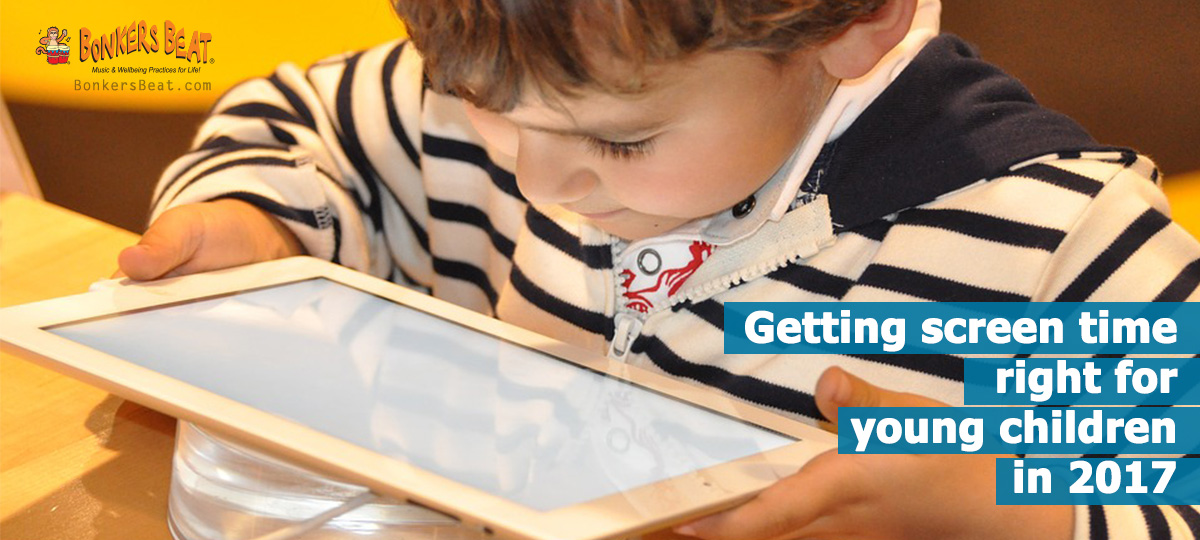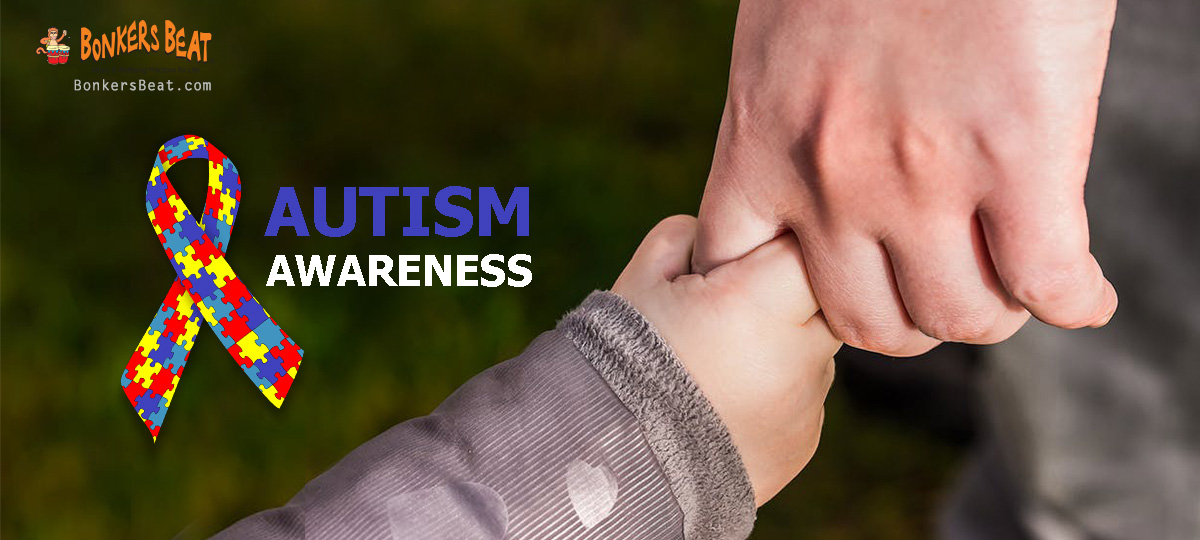Here we are in the middle of the year, and for many centres it has been a stressful first half with increasing occupancy challenges.
It was devastating to read a recent article in the Herald Sun (June 26) highlighting the struggle many centres are currently facing to stay open. While the end of financial year is a time most centres will increase rates, some have been forced to increase more than they would like just to cover costs as a result of low enrolments. Other centres have felt they have to cut back on educational programs and even staff. Truly heartbreaking.
In many areas there have been new centres popping up, putting further pressure on existing centres. While these centres present with new facilities that can be attractive to parents, what really counts is a centre’s philosophy and your point of difference.
Create a Point of Difference that Really Means Something
For most families, a philosophy that is in line with their family values or is proven to deliver benefits for their children’s development and wellbeing is more important than anything else. It doesn’t matter how new a centre is, but what the centre stands for and provides for children during this critical time of development.
In fact, this is the Bonkers Beat secret. Creating a point of difference point of difference for childcare centres that is based on empowering children and parents, as well as educators, by incorporating music and wellbeing programs that deliver outstanding results.
Stand Out From the Rest with a Fresh Approach
With the end of the financial year came the end of the LDCPDP funding which enabled many centres to do great things for their centres and children. And while the funding may be gone, we are not. As part of our mission to deliver the best start in life for children throughout Australia, we have restructured the pricing of our Bonkers Beat Music Program to demonstrate the exceptional value on offer.
If occupancy is holding your centre back and you’re ready to create a meaningful point of difference, there is no time like the present.
In fact, right now really is the best time to make a change at your centre, and here’s why:
-Mid-year enrolments: Many families enrol children in the middle of the year and will be looking for a centre right now. Give them a reason to choose you.
-Changes are expected: As daily fees change mid-year, it is often the case that centres make some changes at the same time. Make your changes something special.
-Families are searching now for next year: School choices are being finalised by parents and local kinder and childcare choices for next year are still researched. Stand out among the rest.
We’ve developed a free guide to help you discover how you can attract new families and create that special point of difference easily and affordably. Click here to access the Free Guide. You’ll learn how we help create a meaningful point of difference for childcare centres so you stand out and achieve your centre goals.
